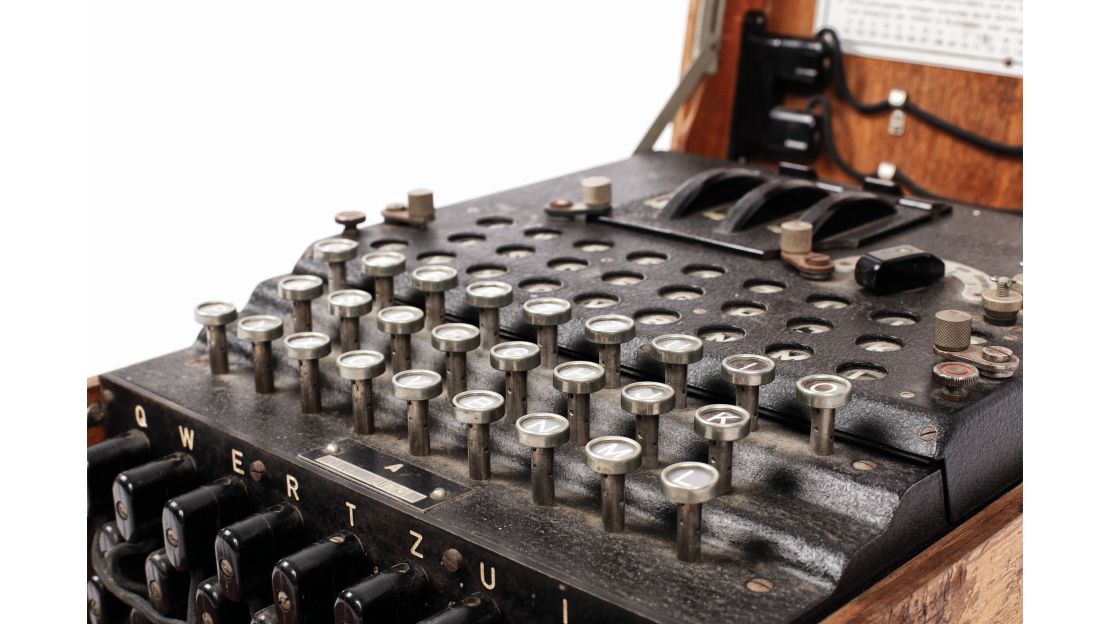World War Two code-breaker and computing pioneer Alan Turing was not the genius he later grew up to be as a boy, if his school report cards are to be believed.
Writing in 1929, the teenage Turing’s mathematics teacher conceded that his pupil showed “distinct promise” in the subject, but said he lacked the ability to put an “intelligible and legible” solution down on paper necessary to be a “first-rate mathematician.”
His physics tutor cautioned: “He must remember that Cambridge will want sound knowledge rather than vague ideas,” and his English tutor told him off for his “grandiose” ideas.

Evidence of the mathematical mastermind’s educational shortcomings is revealed in a new exhibition, Codebreakers and Groundbreakers, at the Fitzwilliam Museum in Cambridge.
Mathematician, genius, eccentric
Educated at Sherborne School in Dorset, southern England, and at King’s College, Cambridge, Turing went on to join the elite code-breaking group at Bletchley Park during World War Two.
His team was tasked with cracking messages sent using Enigma, the cipher tool used for communication by the Nazis and other Axis powers.
Known as “Prof” to his peers, and renowned for his eccentricity, Turing developed the Bombe, a machine capable of deciphering the secret code.

His efforts were critical to the interception and translation of tens of thousands of messages, helping the Allies change the course of the war, and saving thousands of lives.
James Grime, mathematician and co-curator of the exhibition, told CNN it focused on “two code-breakers, one a mathematician, Alan Turing, and one a linguist, Michael Ventris. It was this collaboration that made breaking the code possible.”
Father of modern computing
“Alan Turing is the father of modern computing,” said Patricia McGuire, archivist at King’s College. “His paper on computable numbers … remains one of the foundation documents of computer science.”
The report cards have been loaned by the Alan Turing Digital Archives at King’s College, Cambridge.
They are on show alongside letters sent by Turing to his mother from Bletchley Park, which detail how he and a friend helped two Jewish boys find refuge in Britain.
Also on display are two rare coding devices on loan from Government Communications Headquarters (GCHQ): a 1944 U-Boat Enigma M4, used by the German Navy, and its British counterpart, the Typex Mk 22.
At the end of the war, Turing was awarded an OBE for his service to the country.
But he killed himself in 1954, at the age of 41, two years after being subjected to chemical castration as punishment for homosexual activity, which was then a crime in the UK.
In 2013, Turing was granted a royal pardon by Queen Elizabeth II. The so-called “Turing Law” passed in January 2017 granted similar pardons to thousands of gay and bisexual men convicted of now-abolished sexual offenses.
CNN’s Angela Dewan and Jethro Mullen contributed to this report.




